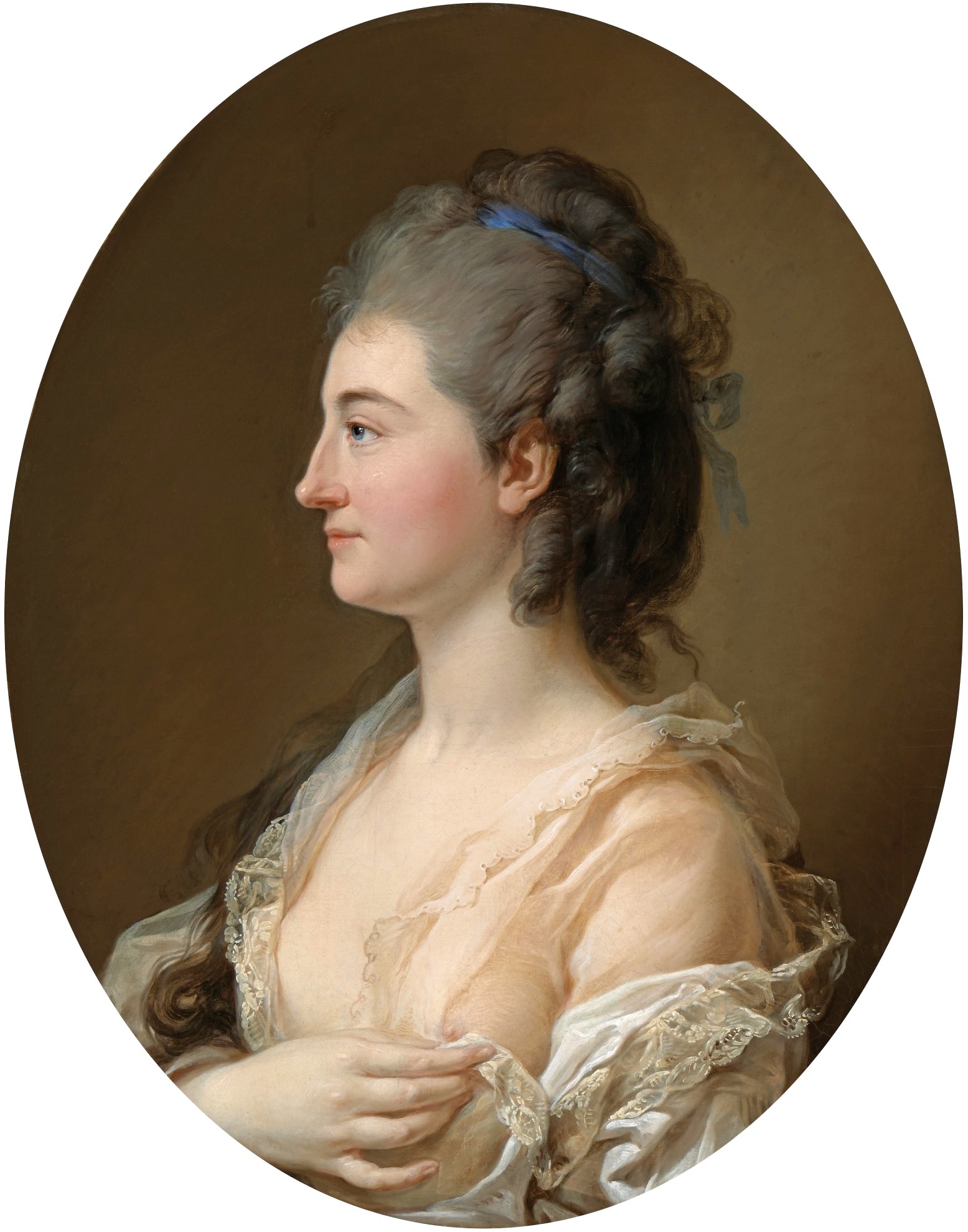Królikarnia on:
[Wikipedia]
[Google]
[Amazon]
Królikarnia (in English, "The Rabbit House") is a historic
 The palace is named for its former function as a rabbit warren for Poland's King Augustus II the Strong (reigned 1697–1706 and 1709–33).
The Królikarnia was erected on the picturesque Wisła River escarpment between 1782 and 1786 for King Stanisław August Poniatowski's Theatre Entrepreneur and Chamberlain, Charles Thomatis, Count de Valéry, by royal architect Domenico Merlini. It was modeled after the famous Renaissance-era Villa Rotonda outside Vicenza, Italy, designed by Andrea Palladio.
On his estate, the Count established a brewery, brickyard, inn, mill, barn, and garden with
The palace is named for its former function as a rabbit warren for Poland's King Augustus II the Strong (reigned 1697–1706 and 1709–33).
The Królikarnia was erected on the picturesque Wisła River escarpment between 1782 and 1786 for King Stanisław August Poniatowski's Theatre Entrepreneur and Chamberlain, Charles Thomatis, Count de Valéry, by royal architect Domenico Merlini. It was modeled after the famous Renaissance-era Villa Rotonda outside Vicenza, Italy, designed by Andrea Palladio.
On his estate, the Count established a brewery, brickyard, inn, mill, barn, and garden with
Museum website
{{DEFAULTSORT:Krolikarnia Mokotów Palaces in Warsaw Museums in Warsaw Neoclassical architecture in Warsaw Art museums and galleries in Poland National museums of Poland Museums established in 1965 1965 establishments in Poland 1786 establishments in Poland Houses completed in 1786 Rotundas in Europe Objects of cultural heritage in Warsaw
classicist
Classics, also classical studies or Ancient Greek and Roman studies, is the study of classical antiquity. In the Western world, ''classics'' traditionally refers to the study of Ancient Greek literature, Ancient Greek and Roman literature and ...
palace
A palace is a large residence, often serving as a royal residence or the home for a head of state or another high-ranking dignitary, such as a bishop or archbishop. The word is derived from the Latin name palātium, for Palatine Hill in Rome whi ...
in Warsaw
Warsaw, officially the Capital City of Warsaw, is the capital and List of cities and towns in Poland, largest city of Poland. The metropolis stands on the Vistula, River Vistula in east-central Poland. Its population is officially estimated at ...
, Poland
Poland, officially the Republic of Poland, is a country in Central Europe. It extends from the Baltic Sea in the north to the Sudetes and Carpathian Mountains in the south, bordered by Lithuania and Russia to the northeast, Belarus and Ukrai ...
; and a neighborhood
A neighbourhood (Commonwealth English) or neighborhood (American English) is a geographically localized community within a larger town, city, suburb or rural area, sometimes consisting of a single street and the buildings lining it. Neigh ...
in the Mokotów district of Warsaw.
Since 1965, the palace has housed a museum dedicated to Polish sculptor Xawery Dunikowski.
History
 The palace is named for its former function as a rabbit warren for Poland's King Augustus II the Strong (reigned 1697–1706 and 1709–33).
The Królikarnia was erected on the picturesque Wisła River escarpment between 1782 and 1786 for King Stanisław August Poniatowski's Theatre Entrepreneur and Chamberlain, Charles Thomatis, Count de Valéry, by royal architect Domenico Merlini. It was modeled after the famous Renaissance-era Villa Rotonda outside Vicenza, Italy, designed by Andrea Palladio.
On his estate, the Count established a brewery, brickyard, inn, mill, barn, and garden with
The palace is named for its former function as a rabbit warren for Poland's King Augustus II the Strong (reigned 1697–1706 and 1709–33).
The Królikarnia was erected on the picturesque Wisła River escarpment between 1782 and 1786 for King Stanisław August Poniatowski's Theatre Entrepreneur and Chamberlain, Charles Thomatis, Count de Valéry, by royal architect Domenico Merlini. It was modeled after the famous Renaissance-era Villa Rotonda outside Vicenza, Italy, designed by Andrea Palladio.
On his estate, the Count established a brewery, brickyard, inn, mill, barn, and garden with vineyard
A vineyard ( , ) is a plantation of grape-bearing vines. Many vineyards exist for winemaking; others for the production of raisins, table grapes, and non-alcoholic grape juice. The science, practice and study of vineyard production is kno ...
. Thomatis has also been described as a pimp for King Stanisław August Poniatowski (reigned 1764–95); and the Count's "villa at Królikarnia slittle more than a high-class brothel".
In 1794, during the Kościuszko Uprising, the insurrection's leader Tadeusz Kosciuszko resided in the palace.
In 1816, the estate was purchased by Michał Hieronim Radziwiłł, and in 1849 by Ksawery Pusłowski, a passionate art collector. In 1879, the palace was partly destroyed by fire, and shortly afterward was rebuilt for the Pusłowski family by Józef Huss.
During World War II
World War II or the Second World War (1 September 1939 – 2 September 1945) was a World war, global conflict between two coalitions: the Allies of World War II, Allies and the Axis powers. World War II by country, Nearly all of the wo ...
, in 1939 and 1945, the Królikarnia was completely destroyed by German bombardments.
In 1964, it was rebuilt to house a collection of sculptures by Xawery Dunikowski, and now houses the Xawery Dunikowski Museum of Sculpture, opened in 1965. The Museum is a branch of the National Museum in Warsaw
Warsaw, officially the Capital City of Warsaw, is the capital and List of cities and towns in Poland, largest city of Poland. The metropolis stands on the Vistula, River Vistula in east-central Poland. Its population is officially estimated at ...
.
See also
* Architecture of Warsaw * Architecture of PolandReferences
External links
Museum website
{{DEFAULTSORT:Krolikarnia Mokotów Palaces in Warsaw Museums in Warsaw Neoclassical architecture in Warsaw Art museums and galleries in Poland National museums of Poland Museums established in 1965 1965 establishments in Poland 1786 establishments in Poland Houses completed in 1786 Rotundas in Europe Objects of cultural heritage in Warsaw